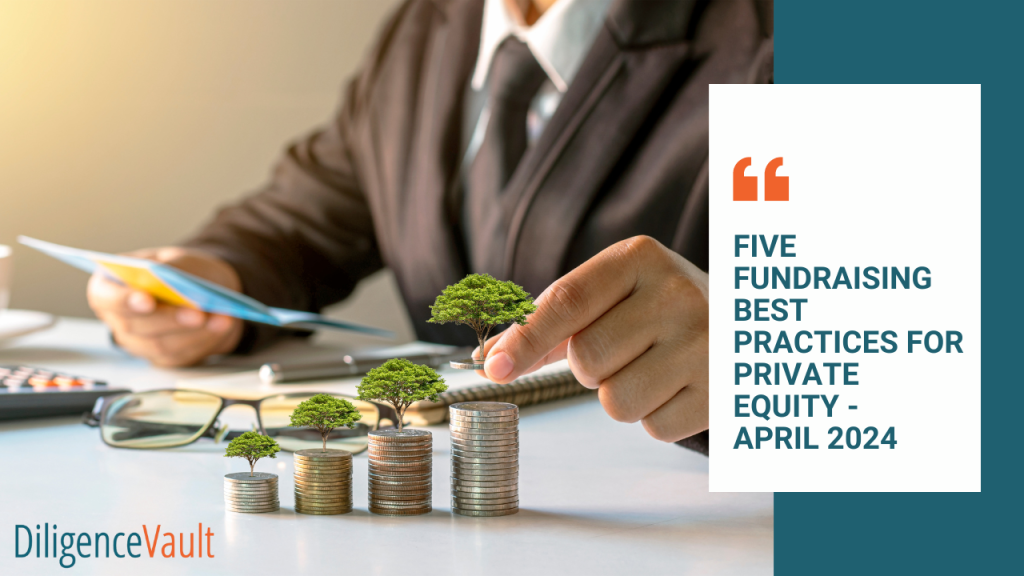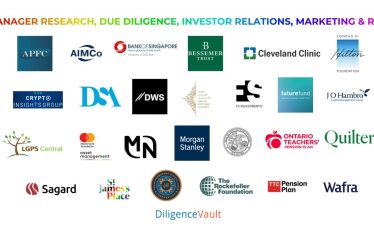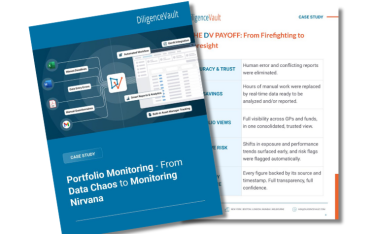“It’s a long-term LP-GP relationship, not a single transaction” – That is what private equity fundraising teams have to strive for.
In 2024, this expectation has become even more important. While fundraising is never easy, it was definitely easier a few years ago. Back then the budget was plenty to sponsor LP conferences, deal anecdotes were being used in pitch decks, diligence responses were ad hoc, and there wasn’t much need for sophisticated fundraising campaign planning.
In today’s environment, all of that has shifted. The shotgun approach to fundraising will result in many more misses than hits. Building LP trust to foster a long term relationship has become much more difficult. The GPs have to invest more resources in building new relationships, and strengthening existing ones, while providing institutional transparency and resources.
The majority of private equity GPs are either raising a fund or are planning to raise a fund in the next twelve months. According to Bain & Co, fundraising competition is fierce with 14,500 funds on the road seeking $3.2 trillion in capital as of January 2024, with $1 closed for every $2.40 targeted.
So, as a private equity GP, how should you plan, differentiate, and achieve success? You’ll have to get strategic about these five things:
1. Identifying which distribution channels would you like to target, and where are your relationships
As private equity GPs begin to plan their fundraising campaign, they need to define which LPs they want in their funds. There are three phenomenon that we are seeing in today’s markets:
- Private equity GPs are expanding their distribution to include new institutional investors. Re-ups from existing LPs were a given, but now that is not always the case and as a result, they need to start early to start building new relationships
- A Second phenomenon is for private equity GP who are raising their first institutional fund. They need to prepare for a new way of due diligence. Family offices and UHNW individuals didn’t have significant diligence requirements, which will change as you adopt the institutional channel. GPs prepping for their first institutional raise, could find “Getting Ready for Your First Institutional Due Diligence” blog helpful
- Third, is private equity GPs tapping into the wealth distribution channel. This is a complicated strategy as it requires getting on the approved list of various broker dealers, private banks and RIAs
While it’s tempting to try all channels, and saying no to an LP is hard today, too many ‘yeses’ comes with stretched bandwidth and delayed fundraising. Once the GP has decided which channels are to be included, they need to start with deep research.
2. Research LPs and recent fundraises
While it may seem a good idea to go after existing large investors in private equity, these outreaches don’t always translate into an allocation as they may be fully invested, or worse struggling with denominator effect. It’s important for the GPs to do early research to understand who is actively allocating, what their gating criteria include, and how their investment goals align with your strategies.
For private equity GPs targeting US public pension plans, start from accessing the various LP databases such as Preqin or Pitchbook and other regional databases to create a long list. Then read through recent investment committee meeting minutes to understand the context of private equity allocations. Identify which consultants are supporting the pension LPs and get in front of them proactively.
Next, conduct media research and identify who is making allocations. Leverage the power of ChatGPT (4.0) via smart prompting to help get additional insights.
Many LPs are also doing podcasts – another great resource for private equity GPs to get to know the LP, their allocation and their diligence preferences. Finally, research how much your peers are raising. Again, media, or their ADV filings are great resources.
3. Getting clear-eyed about your messaging.
As you prepare for the fundraise, start formulating your messaging. Few questions to think about and discuss as a team include:
- What has been your track record? What is your investment edge? How do you differentiate vs. your peers?
- How have you fared in the most recent vintage fund?
- How much capital have you returned LPs. DPI is top priority today?
- Why would you fundraise today?
- How would you change value creation motions in the absence of public market multiple expansion and a higher interest rate environment? GPs are investing in communication to LPs on how portfolio managers are using all the tools at their disposal to act as a trusted steward of investor capital.
- What is your PortCo exit strategy?
- What does your firm’s staffing look like?
- What is your operating model and how has it transformed?
- Do you have a defensible DEI and ESG response?
- Are you at the risk of being labeled with “green washing” or “AI washing”?
4. Getting diligence ready
Once you align on your story, it’s time to align on what is necessary for your distribution channel. First stop is to start with fund marketing materials. Your next go-to resource is the ILPA DDQ. It’s a great starting point for private equity GPs to create their standard DDQ that can be shared with prospective LPs.
The ILPA DDQ is all encompassing with over 500 questions. It helps you get your story and answers organized. Most private equity GPs start with the ILPA DDQ and customize to add or remove elements based on their specific strategy or fund structure.
Next, invest in the right technology, especially if you are going the institutional or wealth distribution route. Our survey in 2023 from over 700 asset managers indicates continued YoY increase in custom DDQs from institutional LPs and bank platforms. A technology solution will help you store your responses in a cloud-based platform, which can then be pulled in multiple mediums or can be powered by AI to help respond to new custom DDQs. This is an incredible time savings and provides a defensible audit trail on who, what, where when reviewing diligence responses.
Time spent in outreach with institutional or wealth channels, usually has 3x diligence time buried underneath. Unprepared GPs struggle with several LP conversations, which were once good, but have not seen completion.
A pro-tip: Avoid common mistakes when creating your DDQs and diligence materials.
5. Align on the time and resources it takes for a successful fundraise. Get buy in from internal stakeholders
We encourage private equity GPs to think about resources in four categories:
- Internal resources: Ensure subject matter experts are available to respond to diligence requests, process investor documentations, be available for meetings
- Placement agents: For private equity GPs, with the exception of large firms, most usually have a lean investor relations team, so may need to work with placement agents who specialize in certain LP segments or geographies. Below are the top PE placement agents based on the ADV database for 500-1bn fundraise: Campbell Lutyens, Evercore, Lazard, PJT Partners, Rede Partners, Stifel, and UBS
- Marketing and travel: Conferences are an important avenue for GPs to meet LPs. ILPA conferences, LP-GP connect, Super Return editions are some of the popular events that GPs attend. Having a predefined conference budget is important aspect of the campaign planning
- Technology: Be prepared with a tech budget. Modern fundraising requires investment in LP databases, CRM, diligence technology, distribution technology, investor onboarding technology. If you’re accessing a wealth channel, efficient investor onboarding would bring you a significant advantage
Private Equity GPs – GTM planning for fundraising success
As aptly summarized by Bain & Co, GPs are also honing their go-to-market capabilities. The firms out-raising others are strategically mapping out who their LPs should be and developing the capabilities and tools necessary to understand what it takes to win with them and expand share of wallet. GPs are building the kind of commercial organizations the best B2B sellers rely on daily.
Resources:



